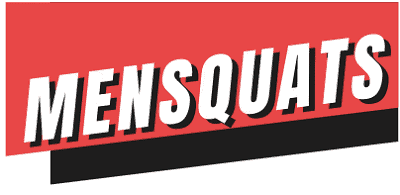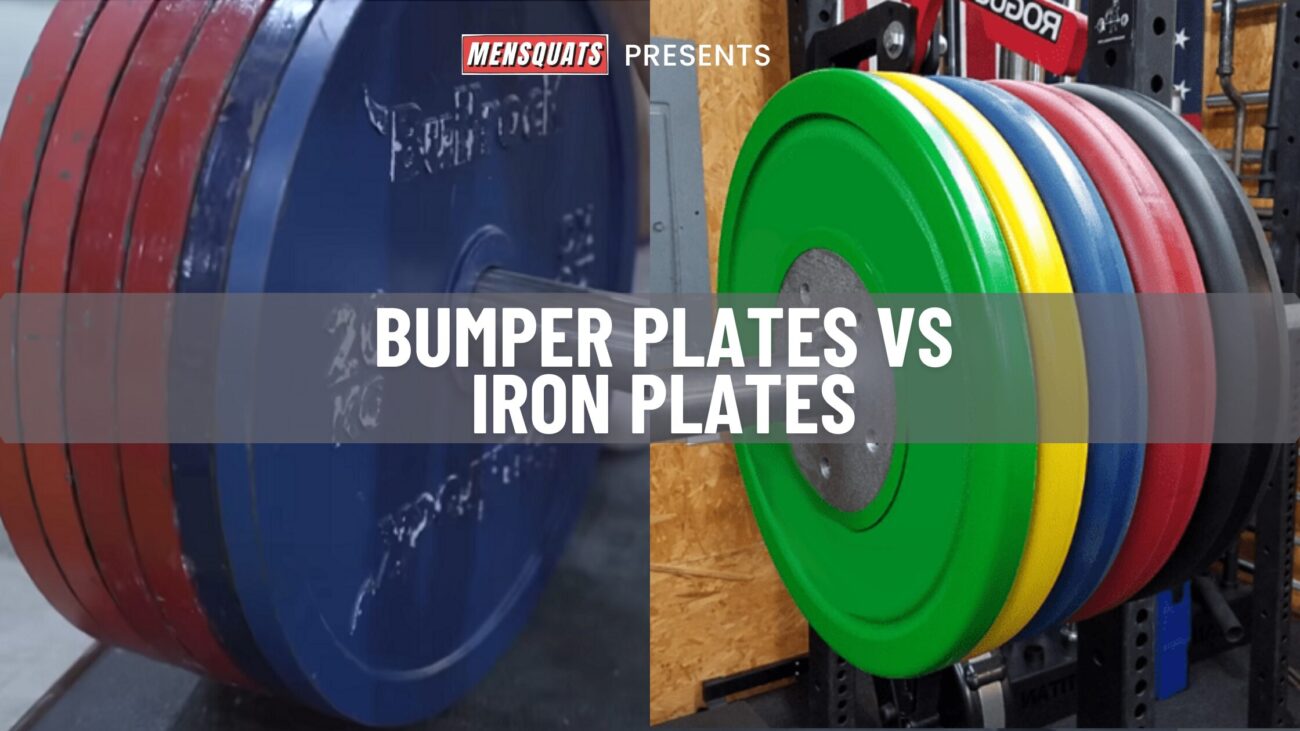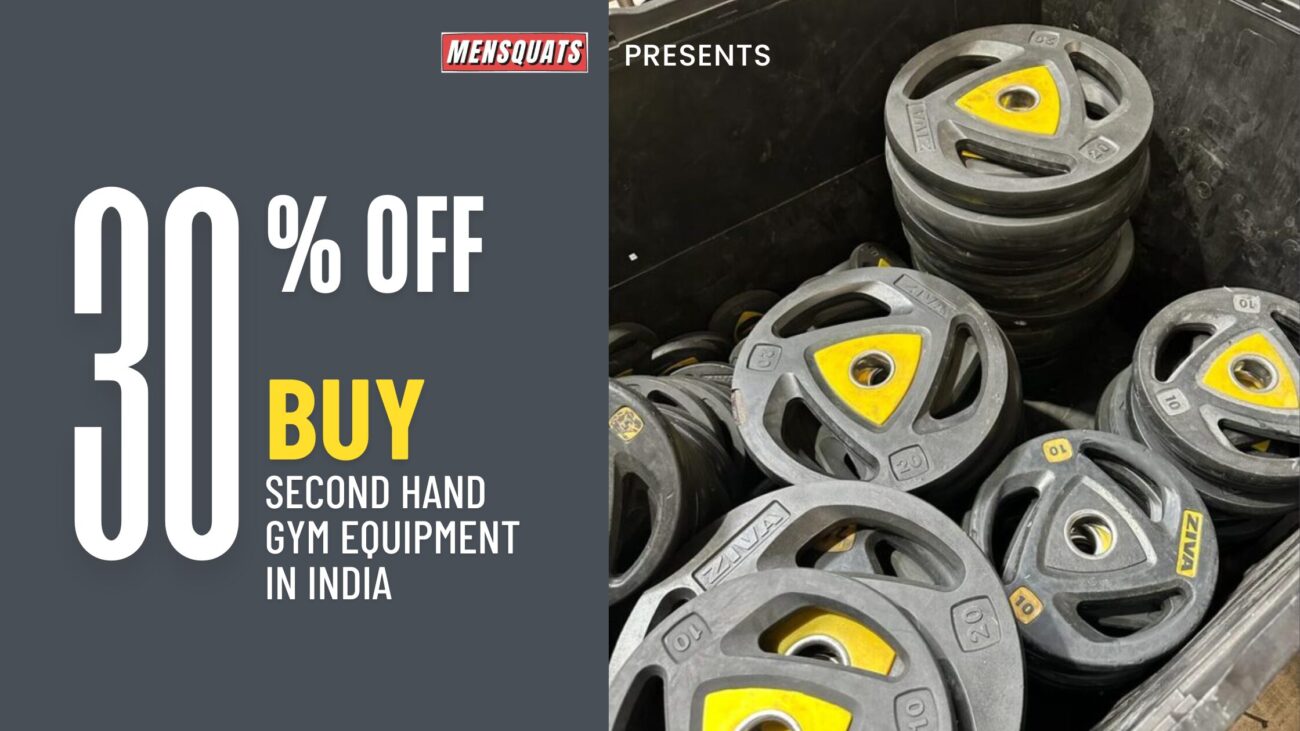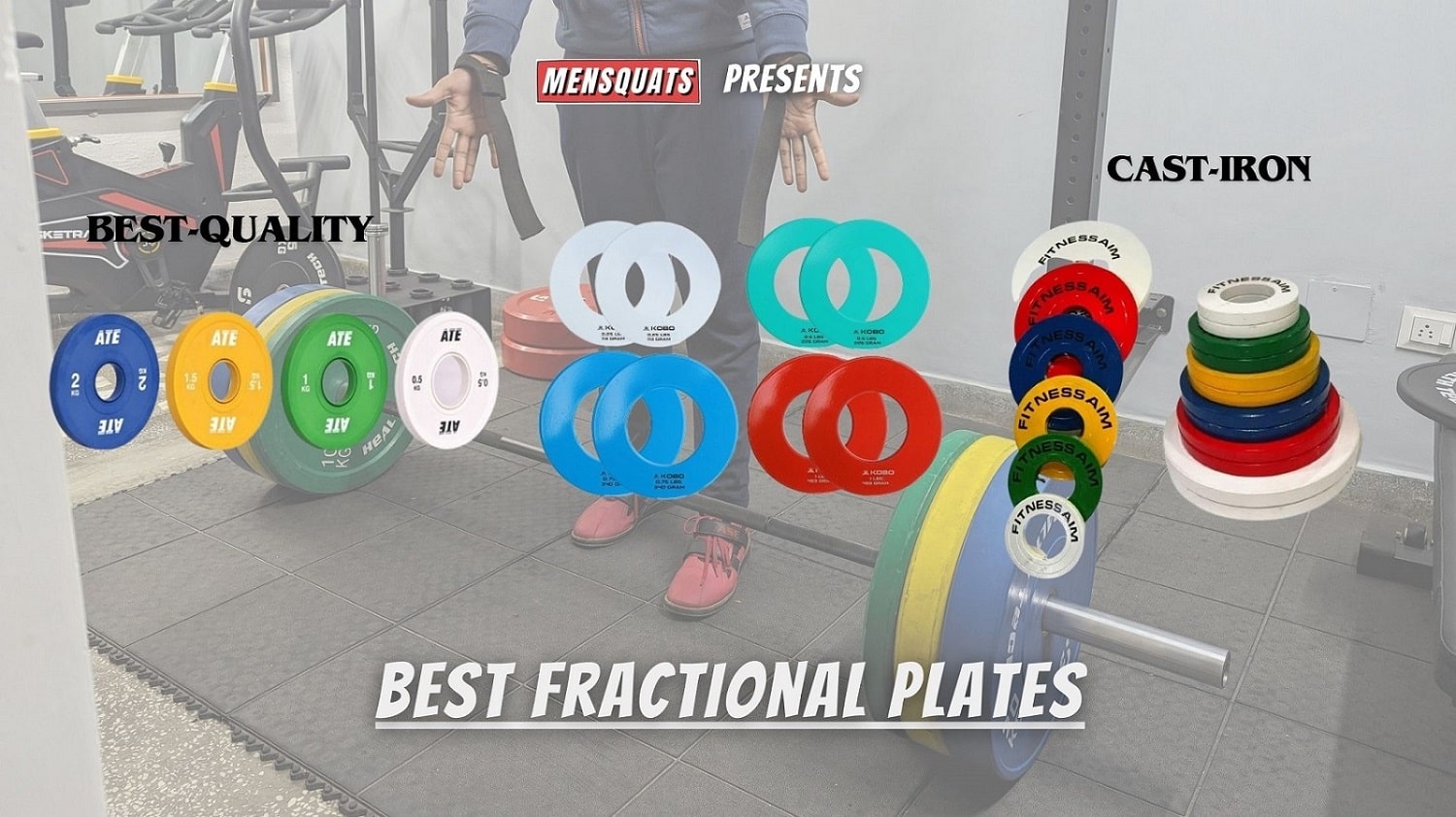#1 Buying Guide: Which Weight Plates Should I Buy For Gym in India?
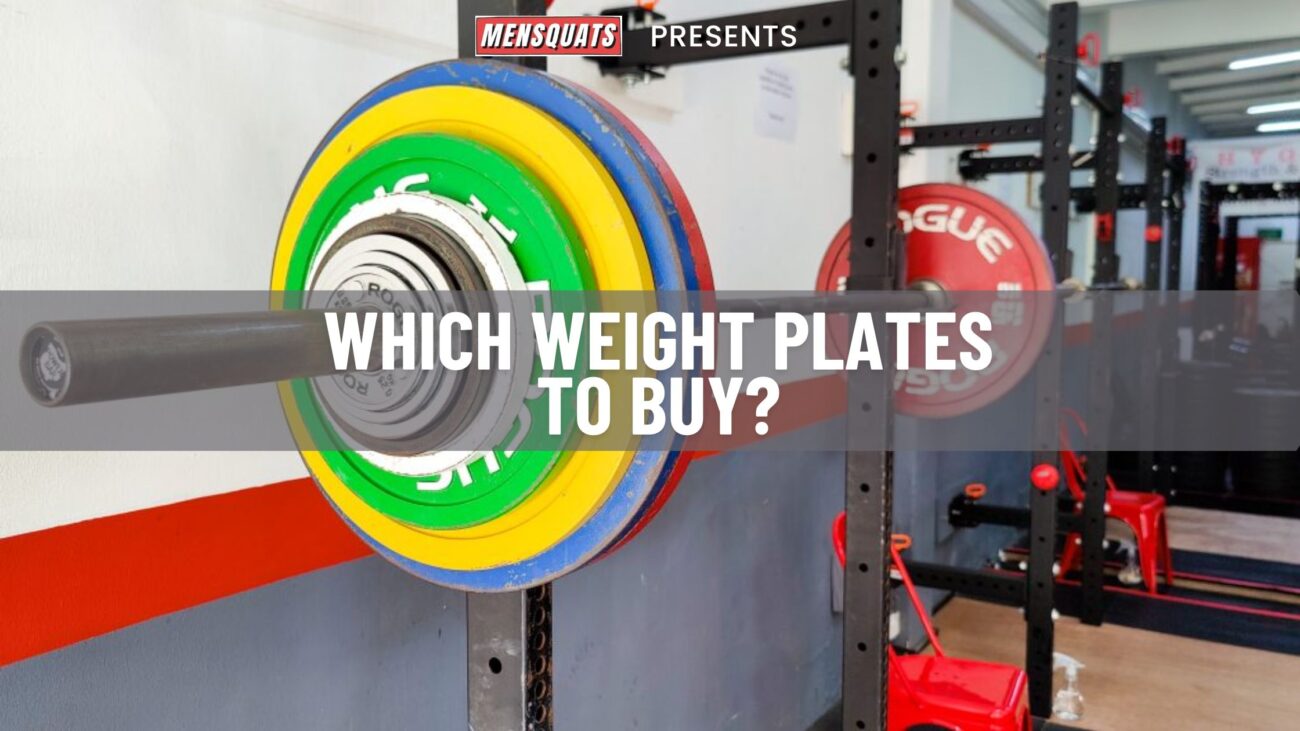
- Weight Plate Buying Guide in India
This blog is basically to help people who are looking into buying plates for their gym. Maybe they’re just starting out, looking at things a little bit confused as to which weight plates should I buy.
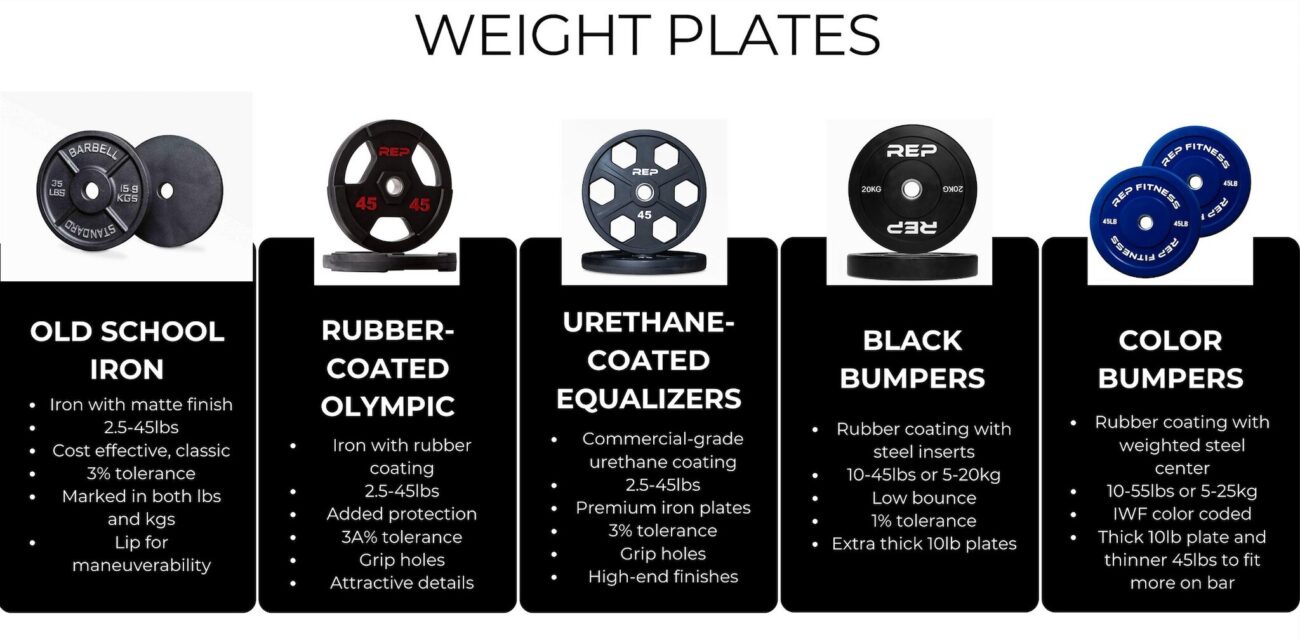
Now, when you go looking on the website, you’ll find loads of different types of plates.
You’re going to see bumper plates, tri-grip plates, cast iron plates, encapsulated rubber plates, and you’re going to think, which one is the best? Which one do I want? Which ones do I need?
Let’s talk about it.
Weight Plate Buying Guide in India
| Image | Product | Detail | Price |
|---|---|---|---|
 | Olympic Cast Iron Plates |
| Price |
 | Color Rubber Bumpers |
| Price |
 | Tri-Grip Weight Plates |
| Price |
1- What is a Weight Plate?
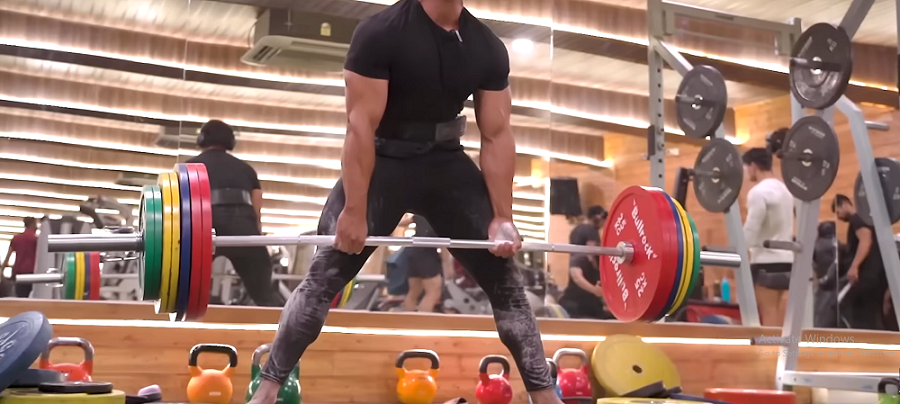
In a gym setting, a weight plate acts as a weight to the barbell & is typically made of durable materials like iron or rubber.
These plates are usually circular in shape, with a hole in the centre that allows them to be mounted onto the ends of barbells or dumbbells. They come in various sizes and weights, ranging from as light as 0.5 kg to heavier over 20 kg or 25 kg per piece.
Lifters use it in various exercises, including bench presses, squats, deadlifts, overhead presses, and more.
They can be loaded in various configurations to progressively overload muscles by increasing the amount of weight lifted over time.
2- Barbells with Weight Plates vs. Dumbbells
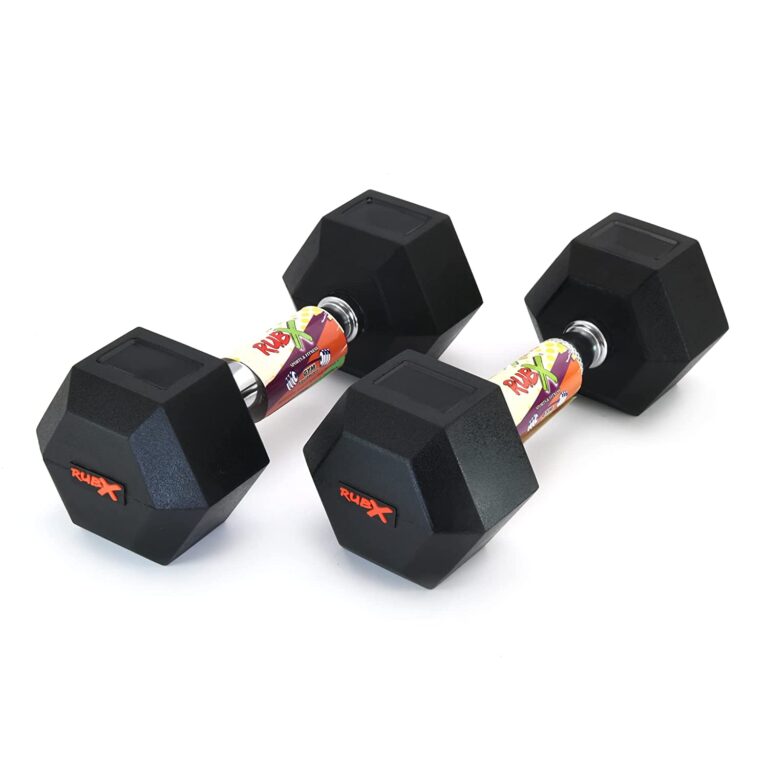
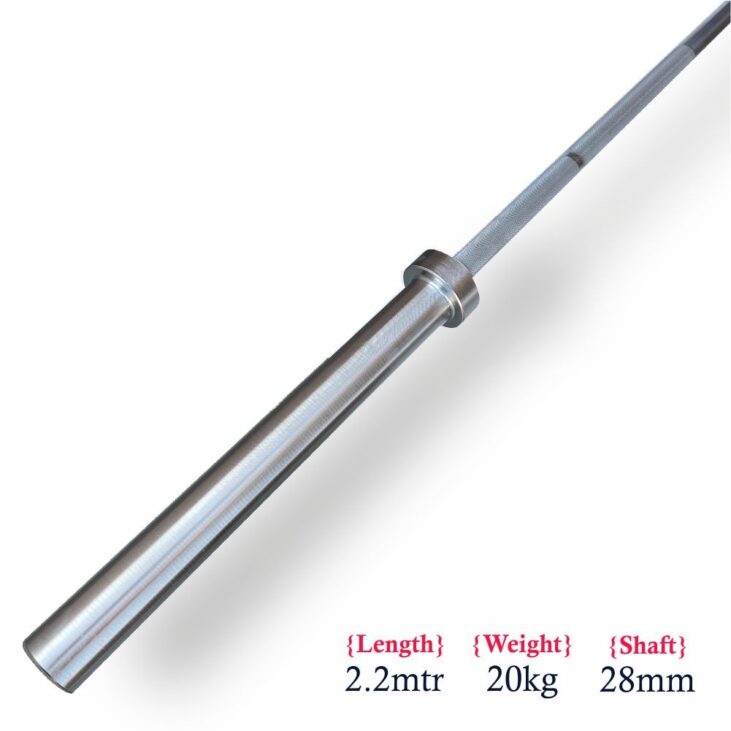
Dumbbells or barbells, which is better for making gains?
The truth is, they both have advantages. Now, when it comes to putting on muscle mass, putting on that size, barbells have the edge.
Like barbell bench press, barbell bent over rows, barbell overhead press – you’re going to put on more mass faster because you can lift more weight and your stronger arm will make up for your weaker arm, allowing you to actually push more kgs.
The advantage of training with dumbbells is if you have a muscular imbalance, like if one of your arms is stronger than the other, then dumbbells are a great way to help them even out.
Like, don’t give a 30 kg dumbbell in one arm and a 40 kg dumbbell in the other.
Use the same weight over time, they will even out.
If using a barbell and one arm is stronger than the other, well, that one arm is always gonna be stronger out of habit because your stronger arm will compensate for some of the weakness on the weak arm.
To answer the question, barbells and dumbbells, do both.
It’s not binary, man. You may switch it up.
That way, you get the best of both worlds.
3- Considerations on which weight plates should I buy for gym?
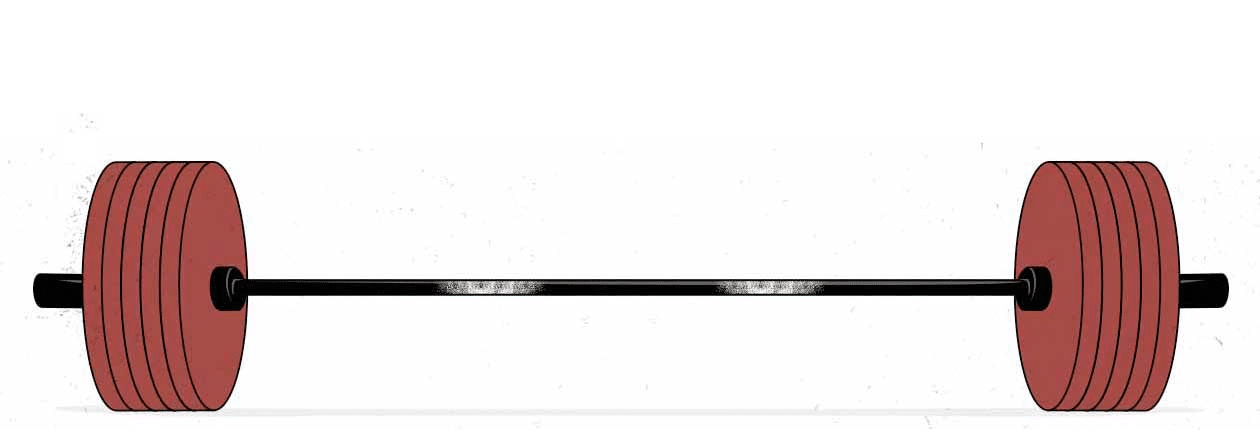
One of the first questions you’re going to ask as you’re building your gym or as you’re upgrading your current gym is: Which Weight Plates Should I Buy For Gym?
When you go to your commercial gym, you’re going to have pretty much every plate available to you.
You’re going to have iron plates; that’s what most of them use.
If you have a nicer gym where people have started to have deadlift or weightlifting platforms, and because they don’t want to make a ton of noise, they often have bumper plates there too.
But if it’s your gym, you get to decide.
#Things To Consider Before:
- Material: Choose between cast iron, rubber-coated, or other material in which plates are made based on durability and intended use.
- Quality: Quality is paramount for strength equipment if it is going to make its appearance in commercial space. Opt for high-quality plates with sturdy construction and a durable finish for long-lasting performance.
- Weight Increments: Having every plate from small to heavy with weight increments would help you in your training progression. The more plates you’ll have, the more availability people have of every weight plate.
- Compatibility: Ensure the plates fit in your existing barbells or weightlifting equipment. There are plates of every hole size.
- Finish: Better quality plates automatically mean a better finish. You don’t want the plates to look dirty or full of scratches in a few uses. Opt for a finish that stays for longer.
- Floor Protection: Look for plates that provide floor protection, especially for home gyms, to prevent damage and reduce noise.
- Budget: Set a budget and choose plates that offer the best value for money within your price range. The gym has a requirement of straight 1000 kg weight, so it’s essential to choose the plates which have the right price.
4- Weight Plate Hole Size
Proper sizing of the holes in weight plates helps you to effortlessly slide the plates onto a barbell.
Incorrectly sized holes can lead to fitting issues.
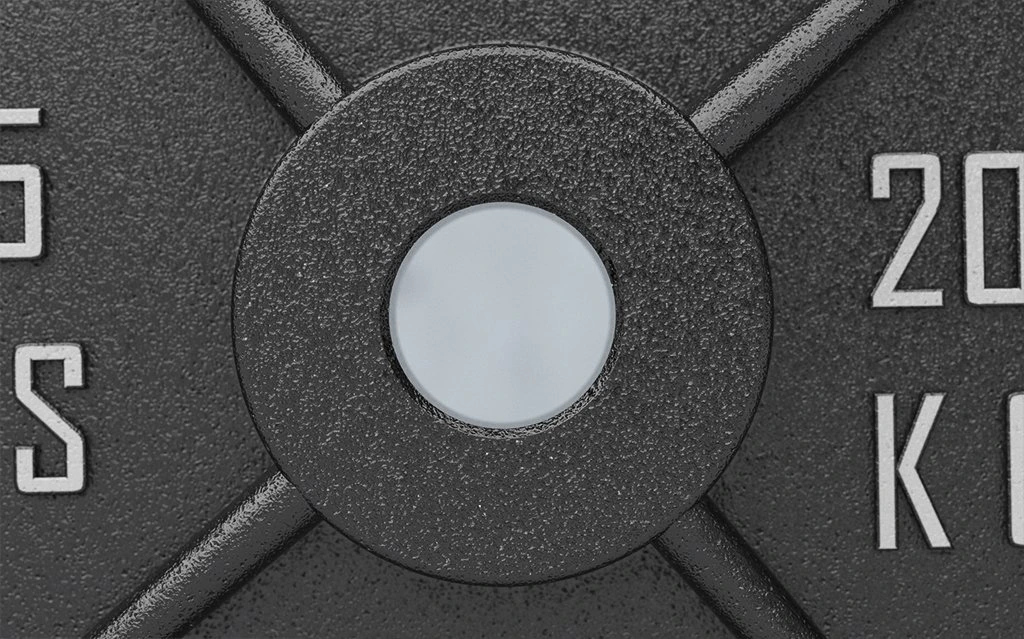
Weight plates typically come with two main types of hole sizes:
- Standard Hole Size (1 inch): Standard weight plates are designed to fit onto standard rods only, which also have a sleeve diameter of 1 inch. These are commonly used in home gyms.
- Olympic Hole Size (2 inches): Olympic weight plates fit in a larger hole diameter of approximately 2 inches/50mm. Olympic weight plates are commonly used in commercial gyms, and professional weightlifting facilities and can handle drops.
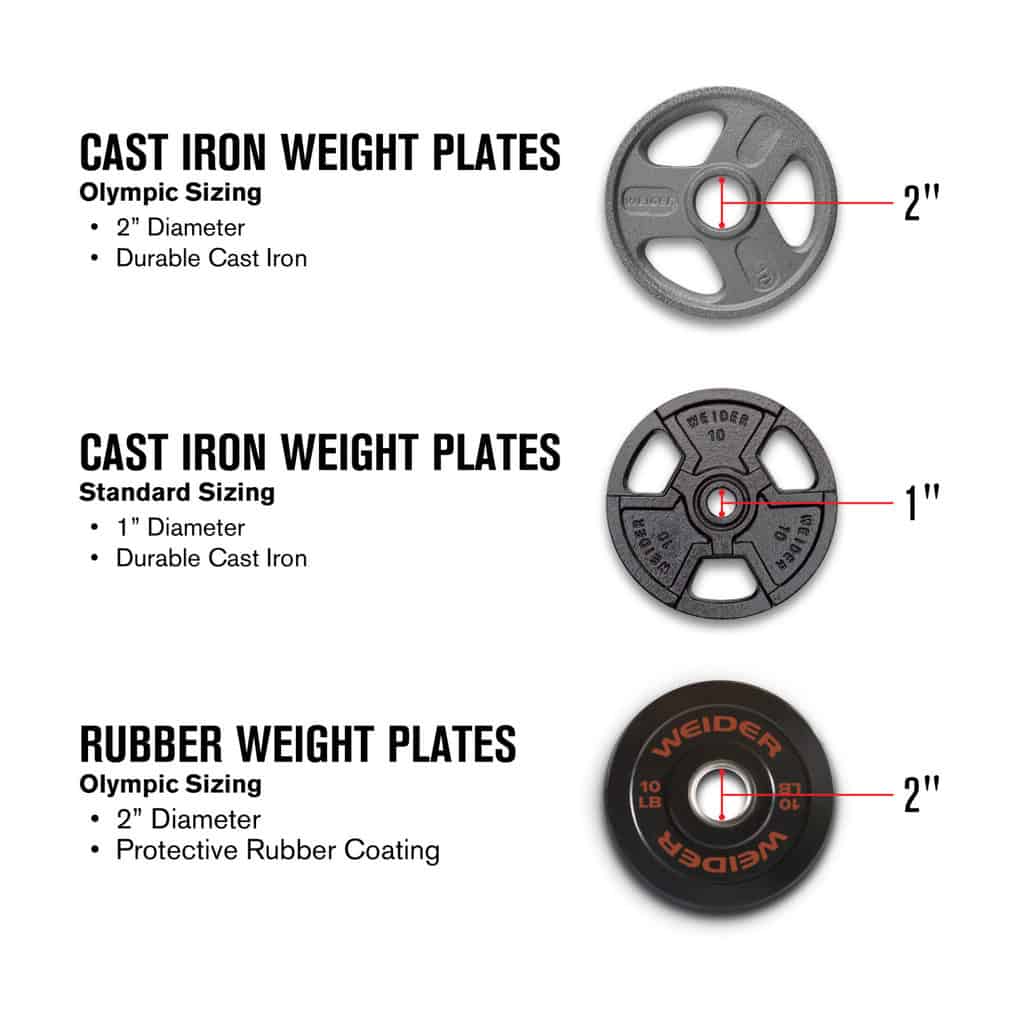
NOTE: Ensure that the hole size of the weight plates matches the diameter of your barbell's sleeves for compatibility and safe use during workouts. It would prevent equipment damage in the process.
5- Weight Plate Materials
Weight plates come in various material qualities each offering different characteristics to the equipment.
1. Mix Rubber for Affordable Price Range Plates:
These are made from a blend of recycled rubber materials and offer an affordable option for those seeking budget-friendly equipment.
While they may not offer the same level of quality as plates made from virgin rubber or metal, they still provide durability for years of use.
2. Quality Virgin Rubber for Quality Weight Plate:
Virgin rubber, derived from natural sources, offers superior durability, elasticity, and resistance to cracking as compared to recycled or mixed rubber materials.
While they may come at a higher price point than recycled rubber, the investment in these weight plates pays off in the long term.
This makes them suitable for commercial gym facilities or someone who wants highly professional-looking plates.
6- Types of Weight Plates
> Bumper Plate:
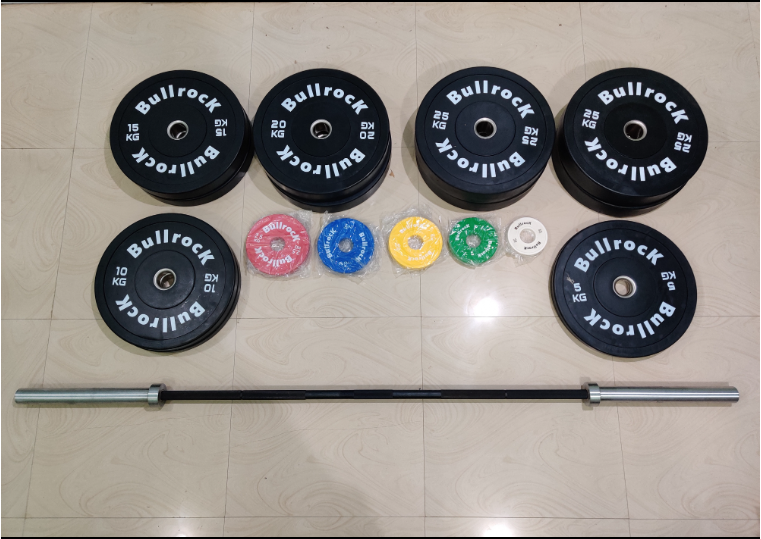
If people in your gym drop weights or perform deadlifts, & weightlifting type of exercises which tend to make a lot of noise, you must get bumper plates.
Because you don’t want to be doing Olympic-style lifts/ powerlifting-style lifts with cast-iron plates because once you drop them, you’re either going to shag your bar up or your floor, and it’s not good.
So, you’ve got to take that into account.
If it’s something that you think you’re going to do in the future, then you definitely want to start looking into buying bumper plates.
> Steel Weight Plate:
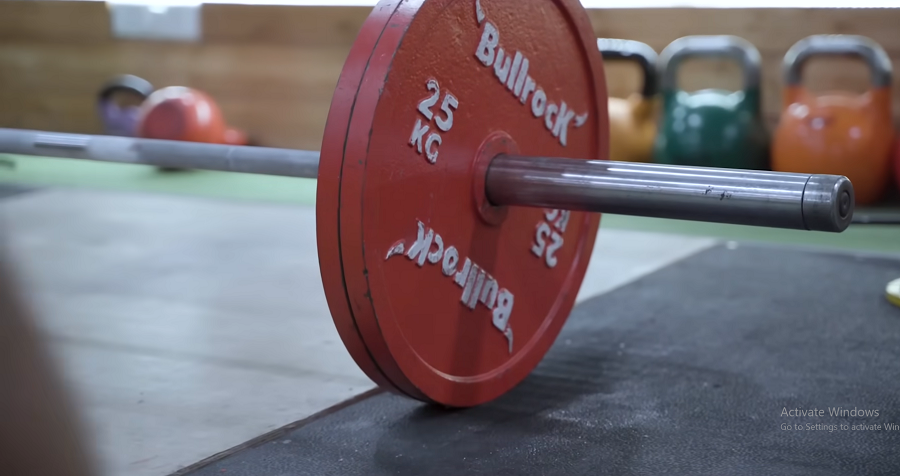
If durability is what you want. This is obviously going to be more Durable.
Cast iron is going to be very durable, even more durable than that would be ductile iron or steel plate. But iron will blow away bumper plates in the long term.
If you want something that you can pass down to your kids, and pass down to your grandkids, then you’re probably going to want plates made of iron versus rubber.
The rubber will end up separating from the centre hub, but steel/ iron is going to be much more durable.
> Rubber Weight Plate:
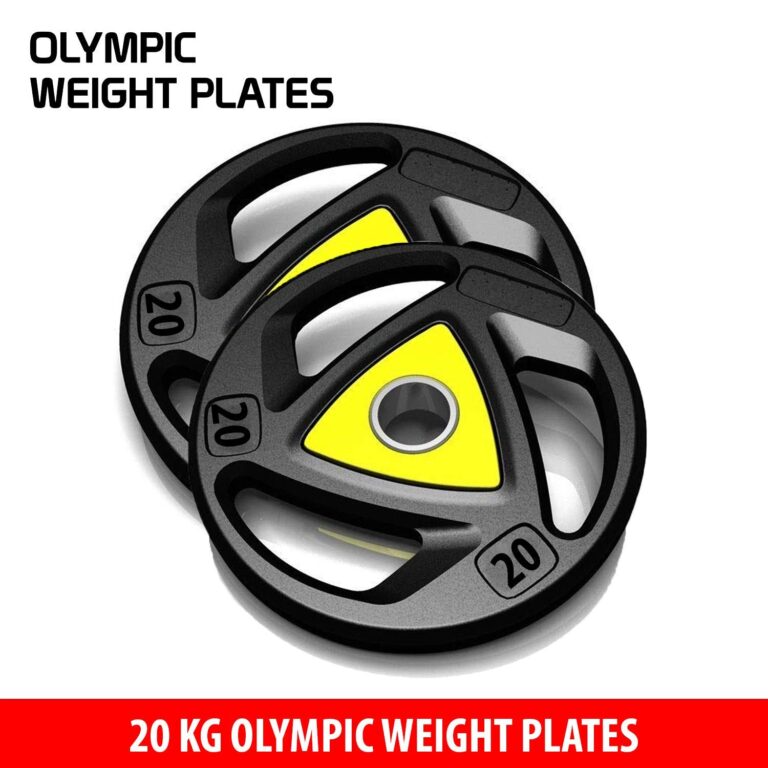
Similar to the previous category, these weight plates are crafted from solid rubber and come at an affordable price point.
Unlike plates made with a mix of rubber materials, these plates use solid rubber exclusively, providing consistent performance and resistance to damage.
While they may not offer the same level of precision or premium features as higher-end plates, they still serve as a practical choice without being overly expensive.
> Metal Integrated Rubber Weight Plate:
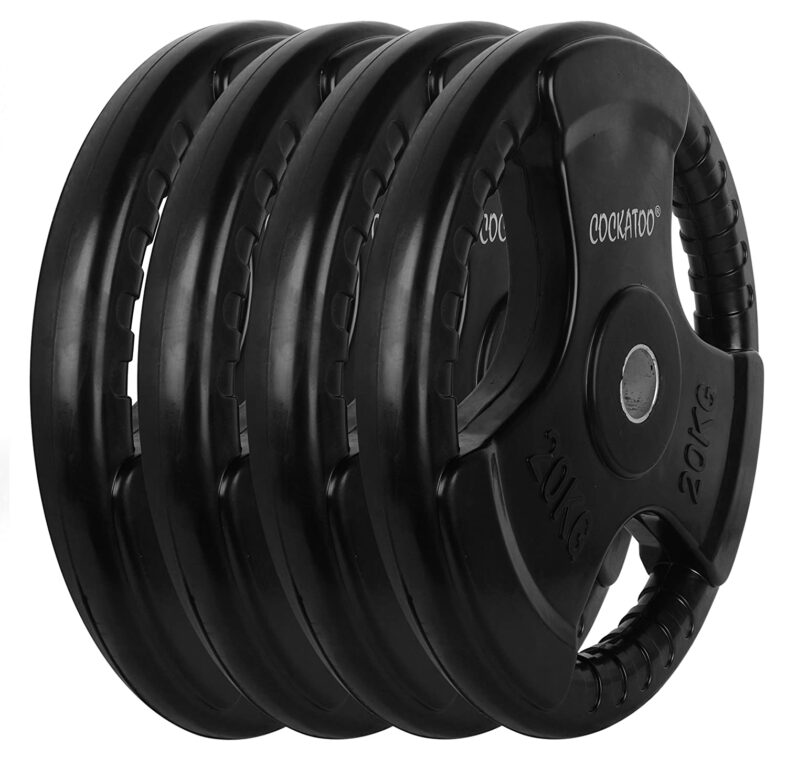
These plates feature a metal-integrated rubber that enhances the structural integrity of the equipment.
Crafted with quality materials, they offer unmatched durability. Some models may even feature calibrated weight accuracy, while they may come at a higher price point compared to rubber-only plates.
The investment in quality-oriented weight plates pays off in terms of longevity and overall performance.
> Competition Weight Plate:
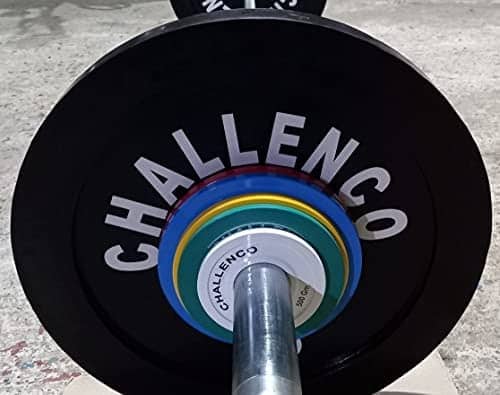
Primarily used in competitive environments, these plates boast precise weight calibration, crucial for competitions such as the Olympics.
While accuracy is paramount in elite events, these plates hold lesser importance for everyday gym use.
Typically, black plates are utilised for training, while coloured variants are reserved for competition settings.
7- Design of Weight Plate
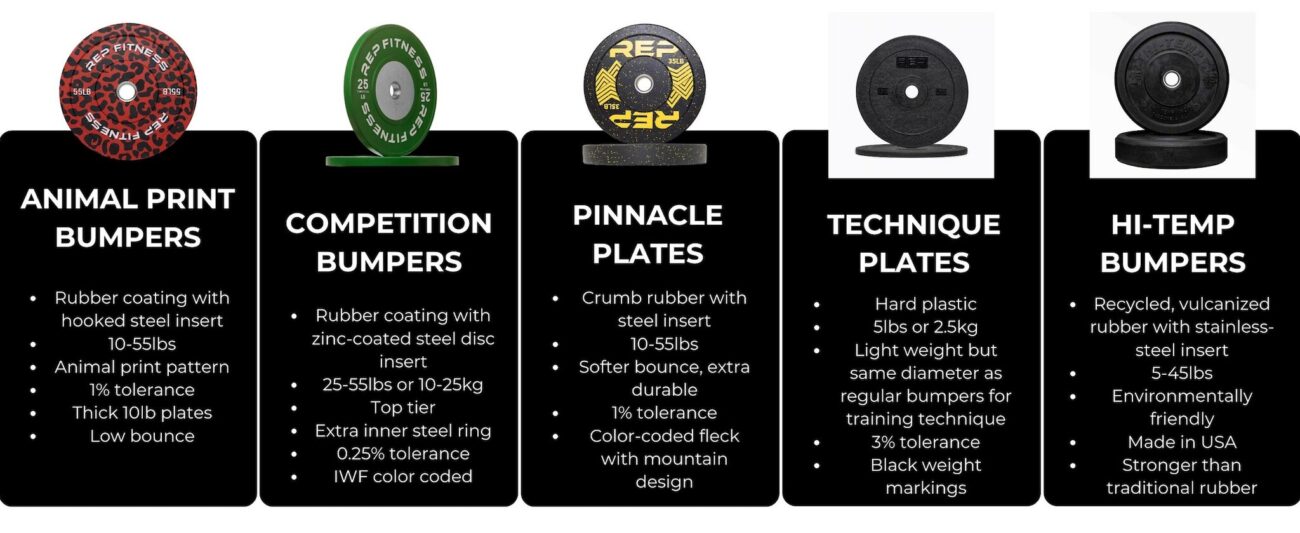
Here are some common designs of weight plates:
- Triangle: These plates go triangular, with rounded edges so they won’t roll on the floor & look aesthetic. They are often preferred for easy handling and stacking.
- Fan: Fan-shaped weight plates look like the shape of a fan. This design distributes the weight more evenly, reducing the risk of tipping or wobbling of plates when loading it onto a barbell.
- Finger Cut: These plates have cutouts along the edges, resembling the shape of fingers. These cutouts serve as grip handles, making it easier to lift the plates when lifting from the ground or doing plate exercises.
- Viva: These are the most popular designs on plates. It often features bold graphics or logos, adding a touch of style to any gym. Known for their vibrant colours and sleek, modern design.
- Plain: These weight plates have a simple, no-frills design. They are typically made of metal integrated rubber plates and are favoured by gym owners for their reliability in any exercise.
- Bumper: Made of entirely dense rubber material, and designed to absorb impact and reduce noise when dropped. You will find it in Olympic weightlifting and CrossFit training to protect gym floors and equipment. These plates are used in those exercises where the bar has to be dropped & still won’t get damaged even after years of use.
- Competition Bumpers: These plates are also bumpers but specifically designed to meet the standards set by official weightlifting organisations for competition use. They are super accurate in weight and dimensions, so there is no chance of any loopholes remaining.
- Steel: These plates are classic and timeless, made of solid steel material for maximum durability and longevity. These are mainly used in powerlifting, prized for their heavy-duty performance.
8- Popular Workouts with Weight Plates
Here are 7 exercises you can do with weight plates:
- Squats: Hold a weight plate close to your chest and perform squats, keeping your back straight and knees aligned with your toes.
- Lunges: Hold a weight plate overhead or close to your chest while performing lunges, alternating legs.
- Russian Twists: Sit on the floor with your knees bent and feet lifted off the ground. Hold the weight plate with both hands and rotate your torso from side to side.
- Push-Ups: Place a weight plate on your back while doing push-ups, increasing resistance and targeting your chest, shoulders, and triceps.
- Woodchoppers: Hold a weight plate with both hands and rotate your torso while bringing the plate from one side of your body to the other, simulating a woodchopping motion.
- Calf Raises: Hold a weight plate in each hand or place one on your shoulders and perform calf raises, lifting your heels off the ground while keeping your knees straight.
- Planks: Place your hands on a weight plate while holding a plank position, adding an extra challenge to your core stability.
FAQs on Gym Weight Plates
Q1: What weight plate should I start with?
Start with 2.5kg or 5kg plates. This allows you to gradually increase the weight and master proper form before progressing to heavier loads.
Focus on form.
Gradually increase weight.
Key: Light weight, good form, slow progression.
Q2: What material is best for weight plates?
Cast iron is the most affordable option but can rust and is noisy. Rubber-coated cast iron offers a good balance of durability, noise reduction, and floor protection. Steel is very strong and durable but also the most expensive.
For Gyms, rubber-coated cast iron or rubber plates are often the best choices.
Q3: Are metal or rubber weight plates better?
Metal plates, typically made of cast iron or steel, offer durability.
However, they can be noisy when dropped and may damage floors. Rubber plates, on the other hand, are quieter and protect floors. They are also safer to drop. However, they are generally more expensive.
The best choice depends on how you plan to use the weights.
I hope you liked our blog “Buying Guide: Which Weight Plates Should I Buy For Gym in India?”. Drop a comment below if you have any questions.
